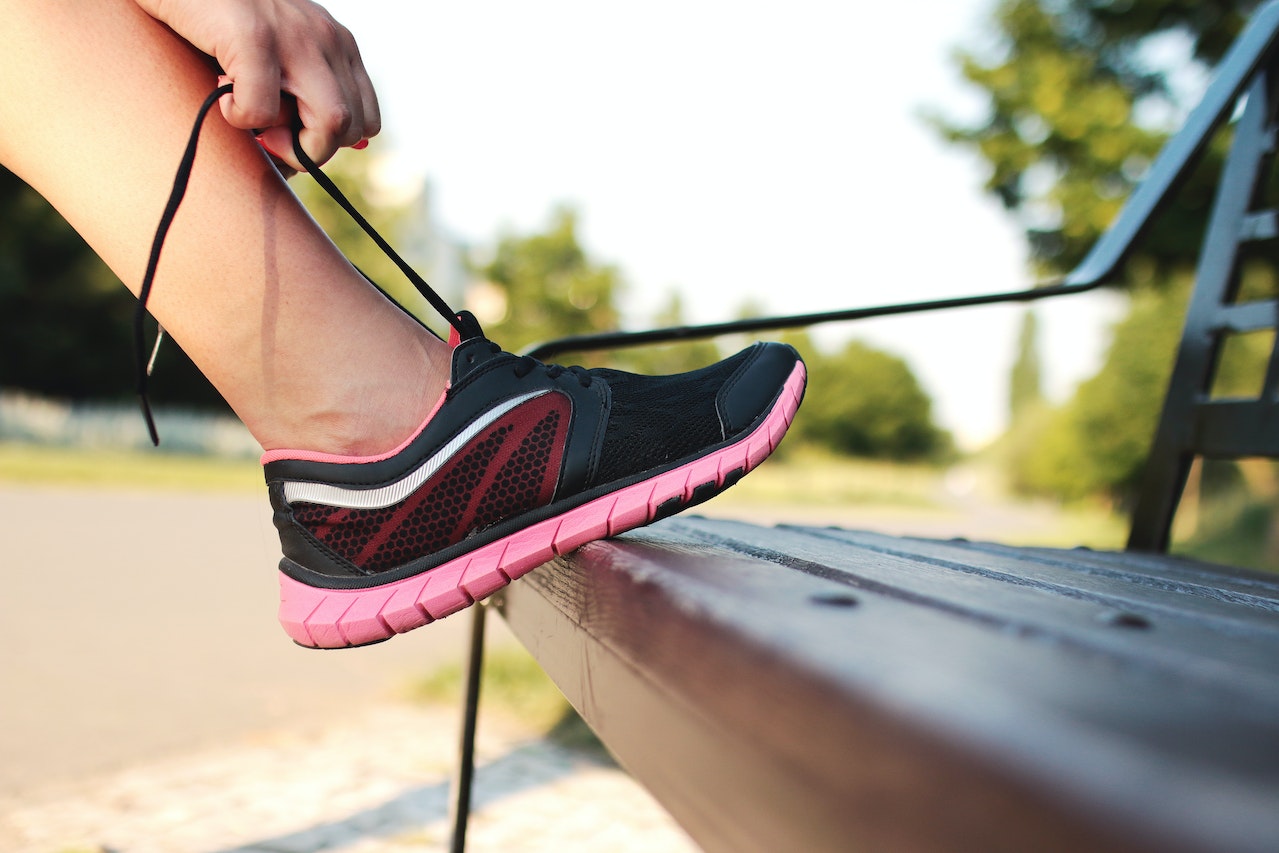Getting the maximum mileage out of running shoes is critical for optimal performance. You can safely add extra miles to those shoes’ lifespan with consistent care and maintenance. Follow these top 10 tips to extend the longevity of your running shoes:
Regularly Check for Wear Patterns
Inspect your shoes’ soles and tread to spot uneven or excessive wear patterns as early as possible. Pay special attention to the heels, toes, and sides. Abnormal or accelerated wear on one side indicates potential gait or fit issues that should be addressed. Have a specialist assess your running style and biomechanics if needed. Catching problems early allows proactively correcting techniques before abnormal wear worsens. This preserves shoes.
Alternate Between Multiple Pairs
Rotating two to three pairs of the same running shoe model significantly reduces repeated stress on the cushioning versus wearing one pair daily. The foam needs recovery time to spring back fully. Alternating shoes distribute wear patterns more evenly across teams, extending the lifespan. Aim to retire all pairs around the same mileage rather than running one pair into the ground. Having multiples also allows optimal rotating based on running surfaces and recovery time.
Replace Insoles Regularly
Most running shoe insoles are designed to compress and contour your foot. However, this compression permanently reduces supportive capacity over time. Replacing factory insoles with fresh, supportive insoles every 300-400 miles gives the shoes new life. Look for antimicrobial insoles to inhibit odor-causing bacteria. Get custom insoles made specifically for your footstrike and gait after assessing wear patterns for a more significant boost. Insoles are cheaper to replace than whole shoes.
Clean Shoes Gently and Thoroughly
Regular cleaning preserves shoes by minimizing dirt buildup and bacteria growth that degrade materials. Use mild soap and water to hand wash upper fabrics gently. Avoid submerging entire shoes in water. Disinfectant wipes effectively wipe away grime and sweat from insoles and footbeds. However, test wipes on small hidden sections first to ensure they don’t damage fabric or stitching. Harsh chemicals and hot water should be avoided. Consistent gentle cleaning removes damaging grime so materials last.
Store Shoes in Breathable Conditions
Shoes should be stored properly to minimize material degradation when not in use. Avoid storing shoes long-term in airtight plastic bags or small boxes. Instead, use breathable mesh shoe bags. The ideal storage spot is a dry, temperature place like a closet. Avoid temperature extremes like garages, attics, or outdoors that experience swings. Even car trunks get very hot. Letting shoes breathe preserves the adhesives, foams, and fabrics so they endure training mile after mile.
Be Mindful of Running Surfaces
The running surface itself impacts the shoe’s lifespan. Avoid concrete or rigid, abrasive surfaces frequently, especially for longer mileage days. Take to the trails, tracks, or softer surfaces when possible. While roads are unavoidable, mixing up characters varies the cumulative damage to shoes. More brutal impact compresses midsoles quickly. Abrasion also wears tread faster. Changing outdoor terrain keeps shoes in better shape for longer than just relentless pavement pounding daily.
Conclusion
Following these seven tips diligently helps you safely maximize the longevity of running shoes for improved performance and injury prevention. Investing in proper care pays big dividends for your wallet and your body.

